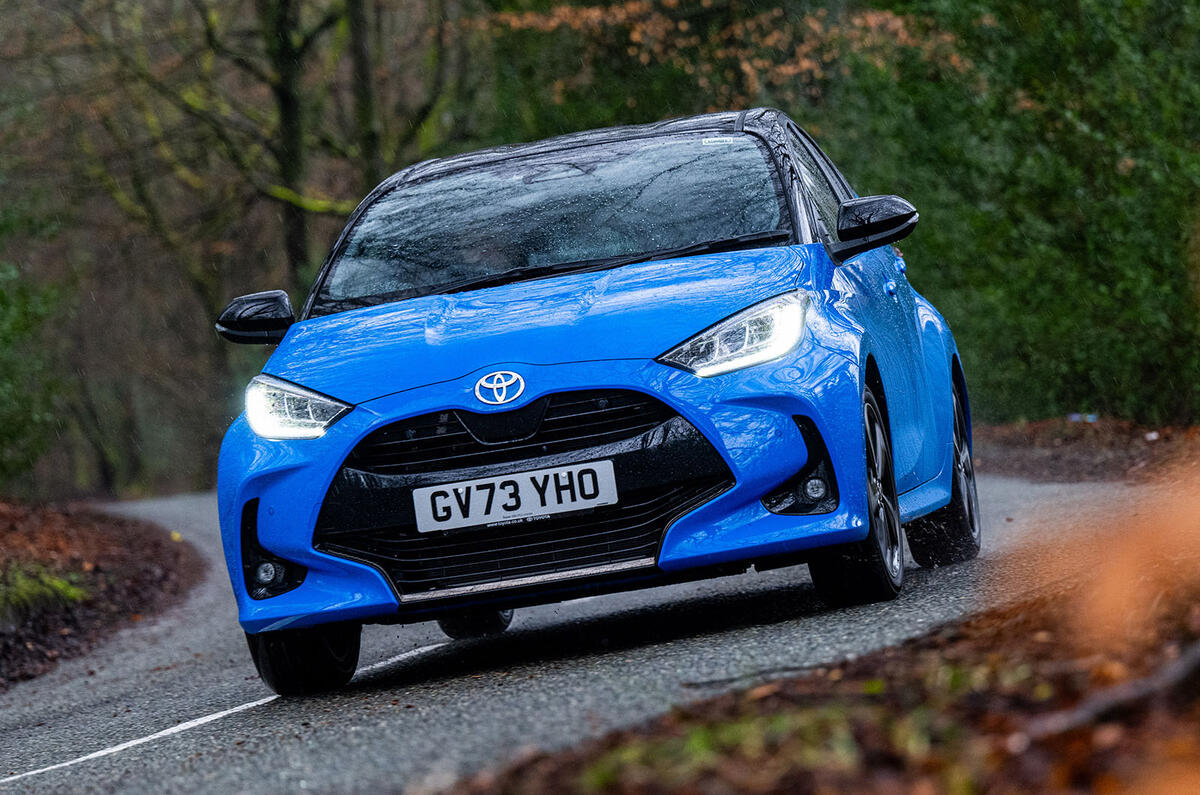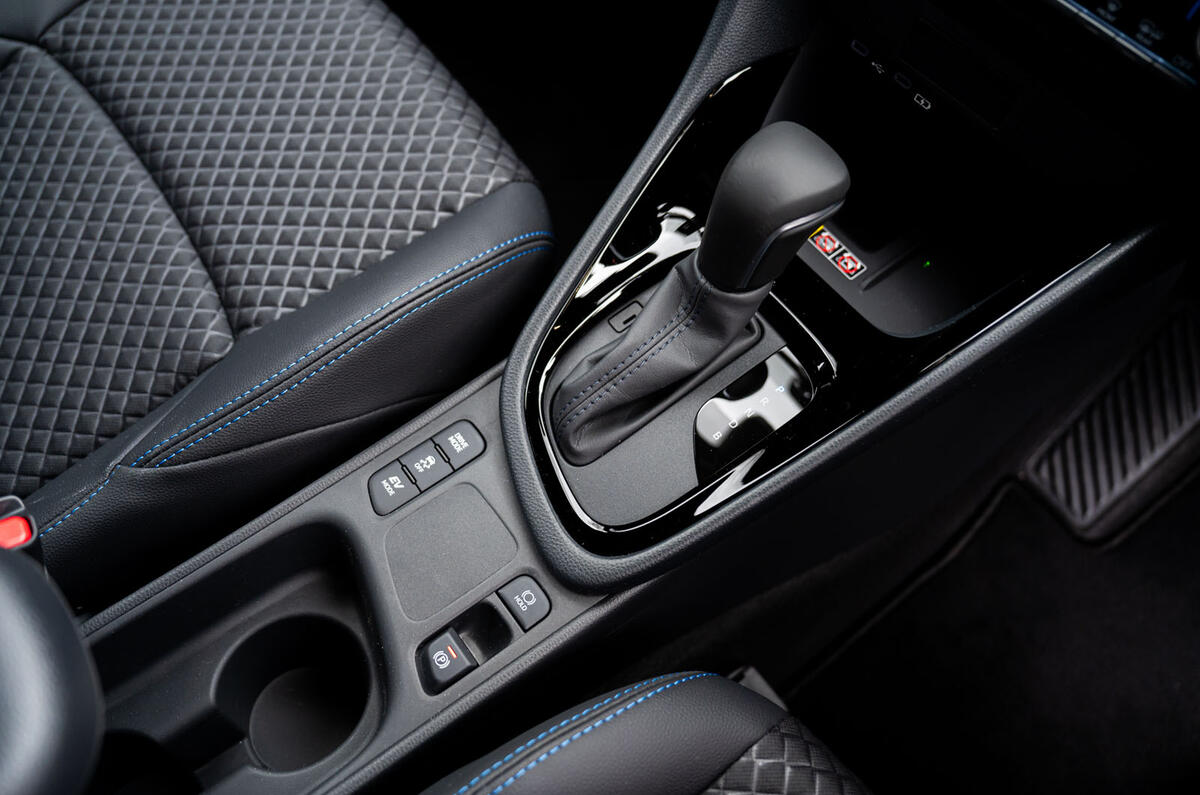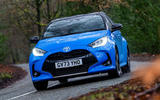Good handling and stability means something different for superminis from what it does for just about every other class of car.
This is because all the memorable handlers in the supermini class achieve their enjoyable handling by quite deliberately sacrificing stability. The short wheelbases and narrow tracks are carefully weaponised, and when done well, the result is a car like the Ford Fiesta, which is engaging and satisfying to drive even in its lowliest specifications.
The Yaris is less ambitious than the Fiesta and errs more on the side of stability but it is nevertheless a surprisingly fine-handling car given its humble roots.
Riding on 16in wheels – which are paired with softer springs than models with 17in wheels or larger – it’s not the sharpest ride money can buy, but the chassis balance is neutral and grip levels (aided by the significantly increased track widths) are strong in light of the low-friction Continental tyres.
Pretty soon, it becomes clear that the fourth-generation Yaris not only tolerates being grabbed by the scruff of the neck but also actually seems to enjoy it and maintains composure even when driven with the kind of commitment few owners will ever impose on their car.










































